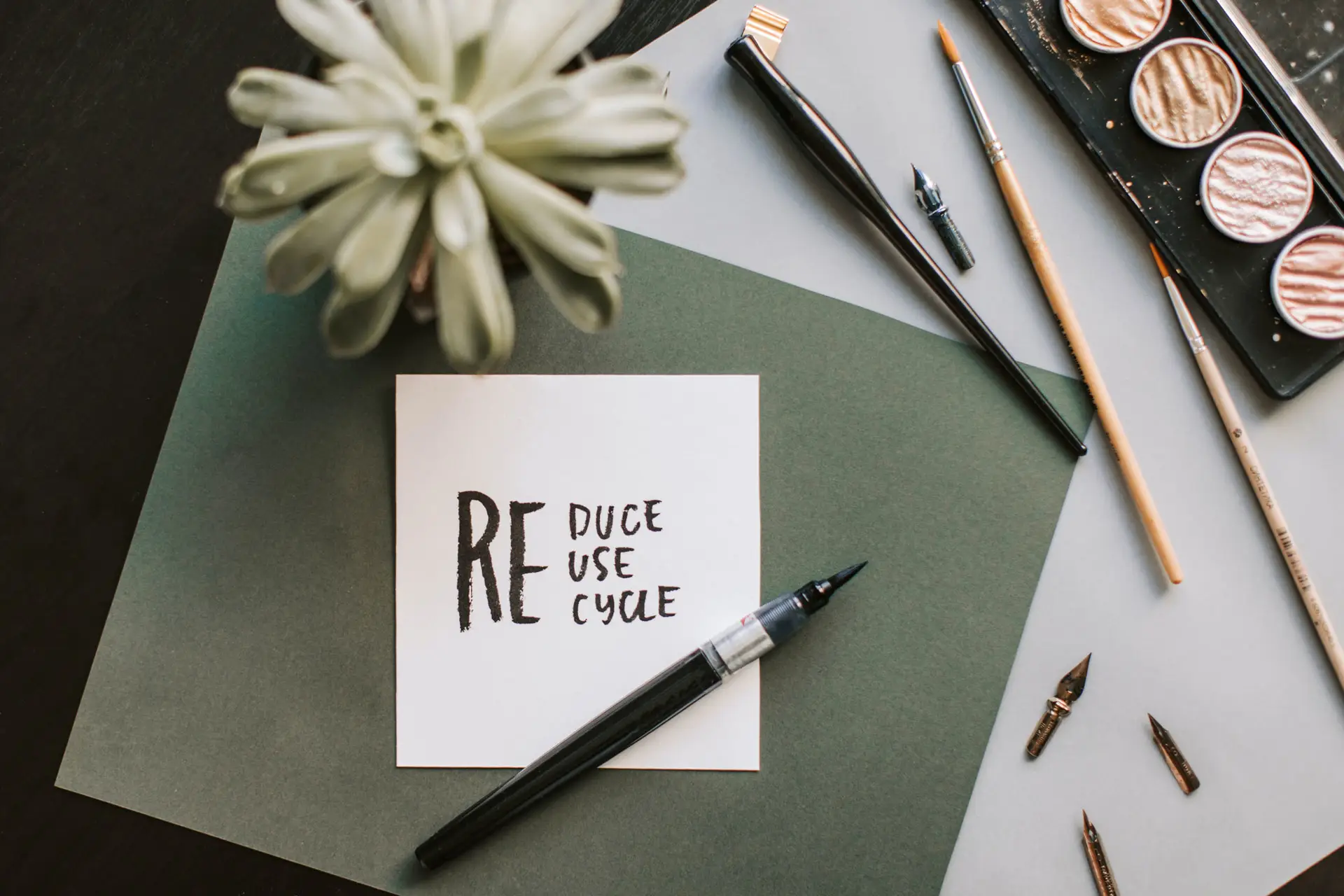The vocabulary of ways that people can look to help the environment seems to be expanding. As we begin to become more environmentally conscious, more and more ways are being utilized to make a difference.
Examples of these terms include both upcycling and downcycling. You may be wondering what the difference is between these 2 terms, as both would appear to be beneficial.
Downcycling is more similar to what is generally considered typical recycling, although the process does not necessarily have to include the act of recycling itself. It involves taking an object and reusing it for a different purpose from its original, and typically at a lower value than what it was first designed to accomplish.
An example of downcycling would be to take some form of unused or damaged scrap metal and use it as a household decorative feature. Although this may be a detour from its original usage, downcycling is still beneficial as it reuses an item that otherwise would be a strain on the environment for a more practical purpose.
Upcycling takes the more conventional ideas of downcycling and recycling to the next level. The point of upcycling is to use reusable material to construct something in one’s own design.This typically does involve more work and craftsmanship, as a person will have to physically mold the reusable material into the object that they want. An example of upcycling would be to use wood that has broken down in one capacity to construct drawers and tables.
While more work is definitely required to pull this off, the endless possibility that upcycling gives us makes this a very attractive and popular idea. There is a time and a place for both upcycling and downcycling, as both are extremely helpful for the environment.
However, upcycling in particular is truly special in that it gives people the creativity to reuse materials however they choose to. This action can inevitably lead to more people giving it a try in the future.
